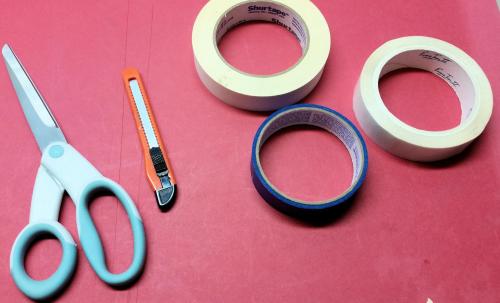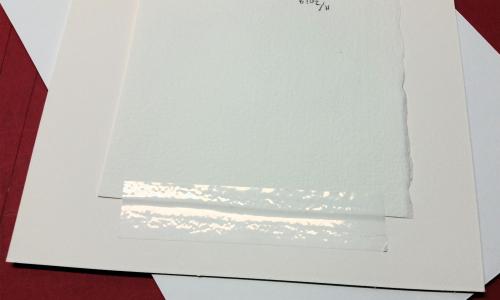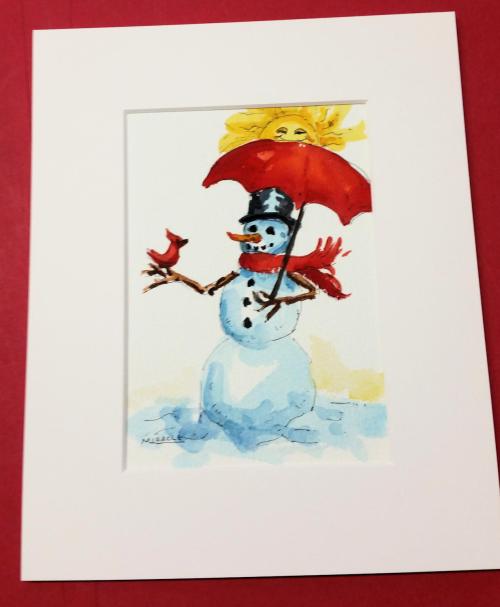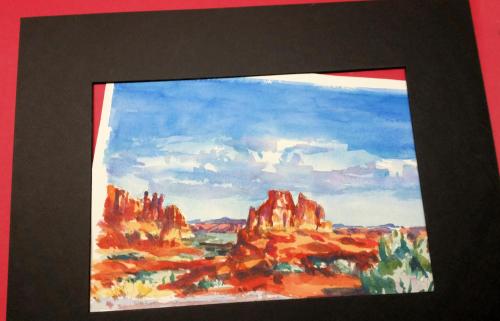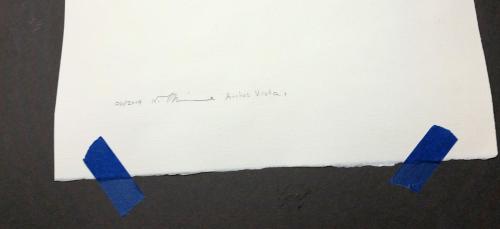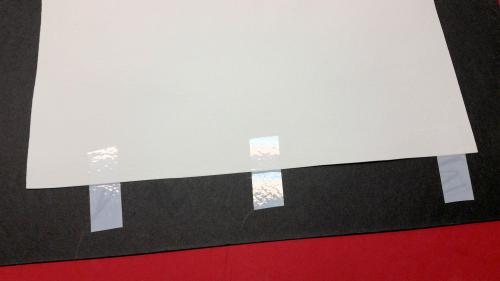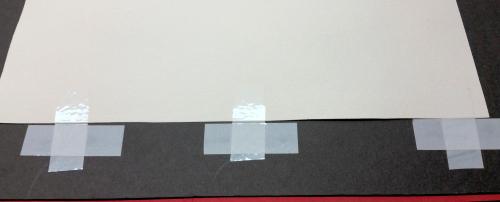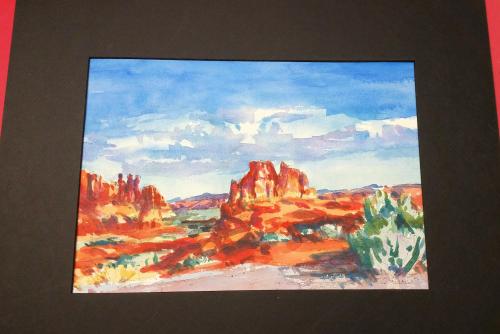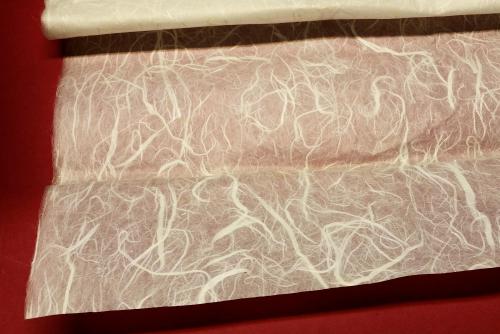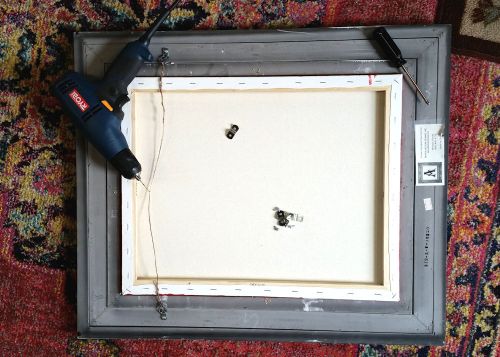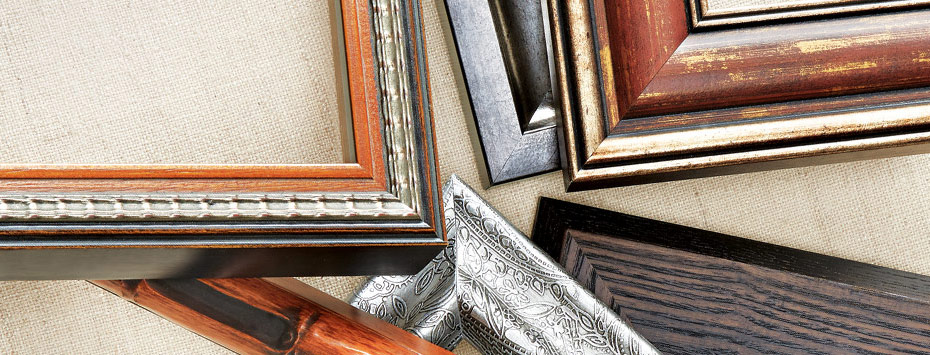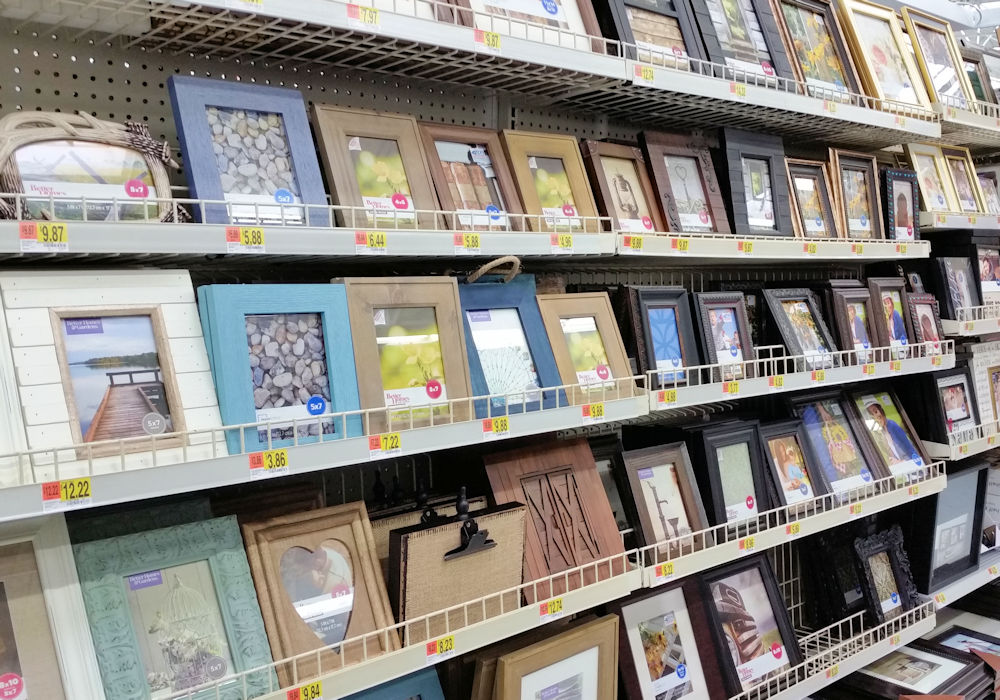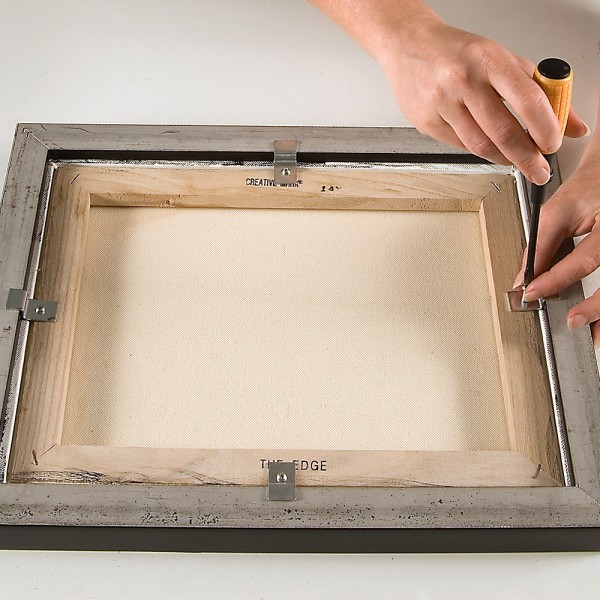
The good news is that we were able to escape to warmer climates for a brief respite. After two years of being stuck at home, we had a delightful and restful vacation.
However, upon returning, I had to start scrambling to prepare for my upcoming solo exhibit in May/June. Fortunately, all the paintings are completed. The frames were on hand. So I jumped into the presentation process.
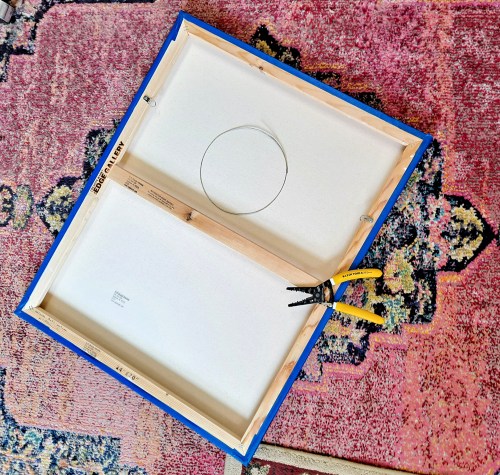
All of the Intimate Spaces: Breaking Bread series are on two inch deep gallery-wrapped canvases. This means no framing, only wiring. Actually, the process went rather quickly, especially after I bought special wire snips to cut through the plastic-covered wire. My professional wire scissors wouldn’t work.
Then I began the process of working on the Intimate Spaces: Beach series paintings. About half of these canvases are also the deep, gallery-wrapped type. Those went quickly. BUT….when I began to frame the rest of the paintings. I realized that I didn’t have the correct hardware. Plenty of Z clips, but no L clips. They’re on order.
Wait. Wait. Wait.
Fortunately, they’re due to arrive on Tuesday. It won’t take long to finish once they actually arrive. Remember, I’ve been framing my work for nearly forty years now!
Anyway, the show is coming together. The marketing materials have been ordered. The paintings will be delivered on Friday, April 30th. The show will be hung. It opens at the new Cultural Center on Thursday, May 6th. Unfortunately, with the COVID restrictions, there won’t be a public reception. But I will be doing a demonstration painting on Saturday, May 8th from 10 to 2. If you would like a personal tour of the exhibit, let me know and I’ll try to meet you there.
If you’re in the area, please stop by. It’s even worth it to make a special trip. Some great restaurants in Jasper, especially the Schnitzlebank, a German restaurant that attracts guests from miles around (closed Sundays). Plus, there are many other fine restaurants in the area and lots of neat shops downtown.
Address: Jasper Cultural Center. 100 Third Avenue. Turn right (North on Mill Street) and then right again (East) on Fourth street. Plenty of free parking in the rear of the building.

